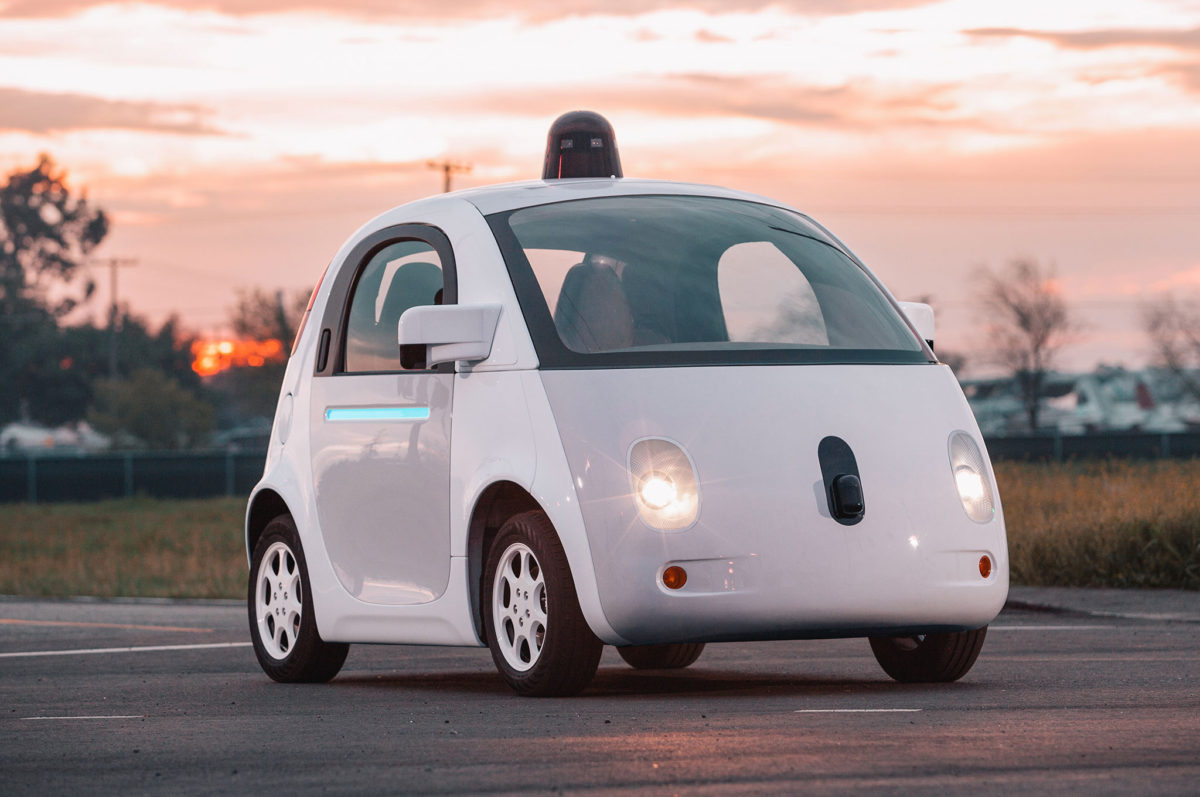The number of drivers in the world is growing fast along with the number of cars sold every year. Driving is perceived to be an act of freedom. Our car is considered an extension of our personality. Are we trained well enough to drive though?
The statistics point to the opposite direction. I will use the US (among the biggest car markets in the world) and Greece (my home country) as examples to indicate that. Over 1 million US citizens lost their lives in the period 1995-2014 in car accidents (http://www.statista.com/statistics/191530/fatal-passenger-car-crashes-in-the-us/). Approximately 800 people lose their lives in fatal car crashes every year in Greece of 11 million people approximately (http://www.astynomia.gr/images/stories//2015/statistics15/troxaia2015_2.png). This is only the death toll though. If we add the number of severely injured people we are approaching a figure of more than 3 million people per annum in the US and over 14.000 in Greece and the vast majority of these accidents are attributed to human error (https://www.google.com/selfdrivingcar/). Is there a possible solution to alleviate this phenomenon in the foreseeable future?
The technology of self-driving vehicles is the most promising innovation that could solve this problem in the most efficient and long-term way in my opinion. What is this type of vehicle then? Self-driving vehicles use cameras, sensors and radars as well as special automotive Wi-Fi standards to communicate with the other vehicles and the infrastructure. This leads to limited control of the driver on the movements of the vehicle on the road. Apart from the obvious advantage of the much better safety on the roads, since, for instance, the reaction times of the vehicles in auto pilot mode are extremely faster than those of humans in the presence of an imminent danger, this technology can also offer us the following:
- Enabling the visually impaired or disabled people to move independently.
- Fuel efficiency.
- Better environmental performance.
- More efficient transportation of goods.
A lot of players from the auto-manufacturing industry are involved in this race of evolving these new innovative ways of commuting and transporting goods. Just to name a few, Mercedes Benz-Daimler https://www.mercedes-benz.com/en/mercedes-benz/next/connectivity/the-digital-future-of-the-truck/, BMW http://www.bmw.com/com/en/insights/technology/connecteddrive/2013/active_assist/index.html, Audi, GM, Tesla and more. Additionally, there is a very keen interest in this field from technology firms as well. The most prominent examples are those of Google and Apple which are producing their own prototype models. Some of these companies have very ambitious plans for the commercial readiness of these models and some other follow a more conservative path. In any case though the undeniable truth is that this technology is present and it will shake the industry once and for all in the near future. No party involved would deny though, that this way of driving needs a lot more testing in order to reach the market as the following example showcases.
In May 7 in Williston, FL there was the first fatal car accident in a self-driving vehicle. According to the New York times the car manufacturer claimed that because of the brightly lit sky the auto pilot was not able to detect the coming vehicle in order to apply the brakes. http://www.nytimes.com/2016/07/01/business/self-driving-tesla-fatal-crash-investigation.html?_r=0
There is definitely a lot of progress that has to be made until this new technology could provide a reliable every-day commuting solution for the general public but my personal opinion is that the benefits of it exceed the drawbacks by a great percentage so I firmly believe that heavy capital investments should be made in research and testing in order to facilitate the development of this technology as soon as possible. What do you think?
by Ioannis Grigoriadis

